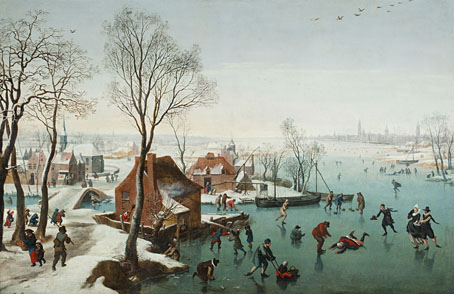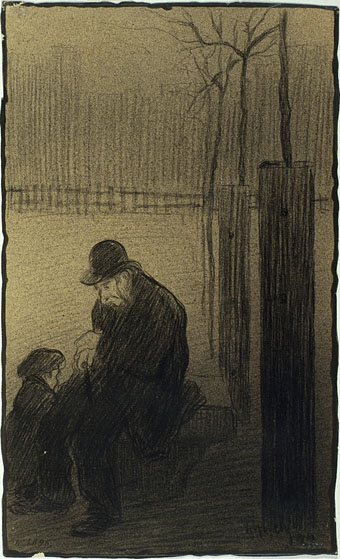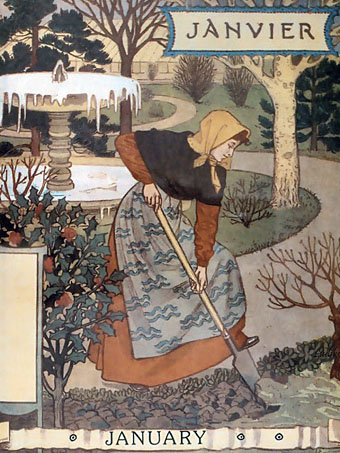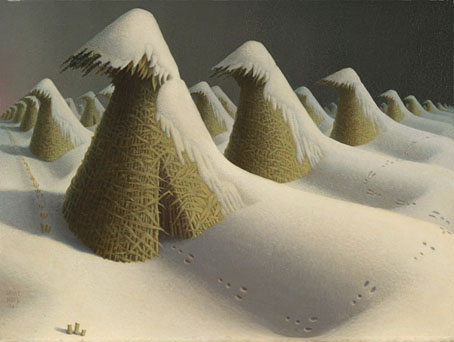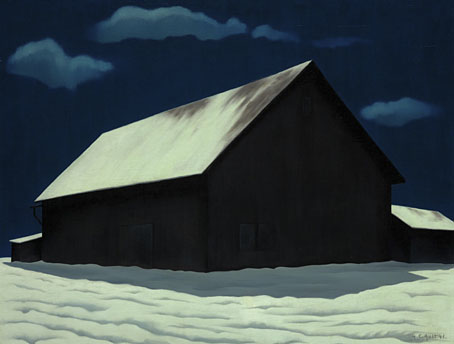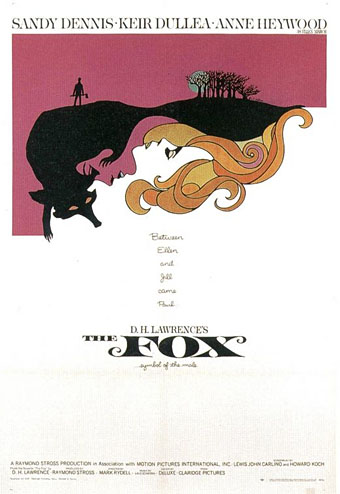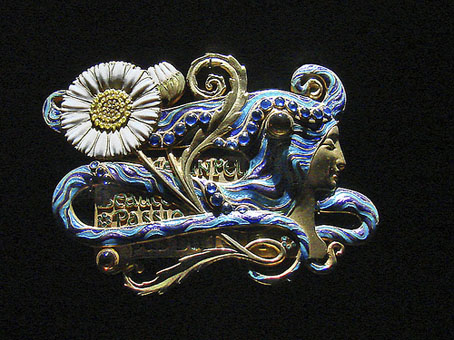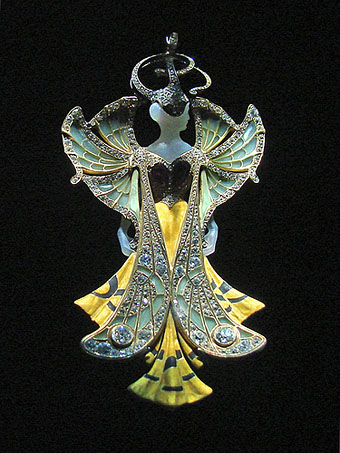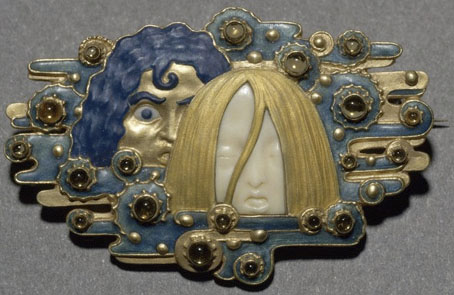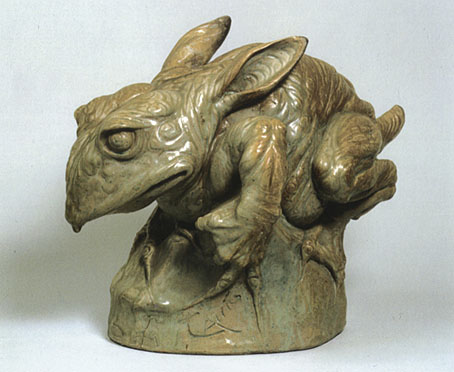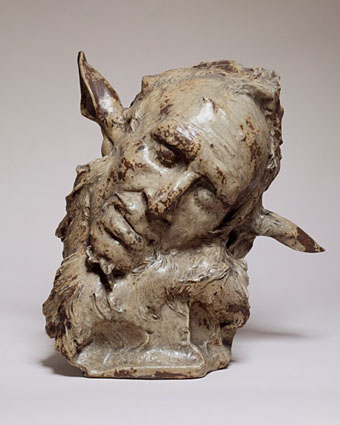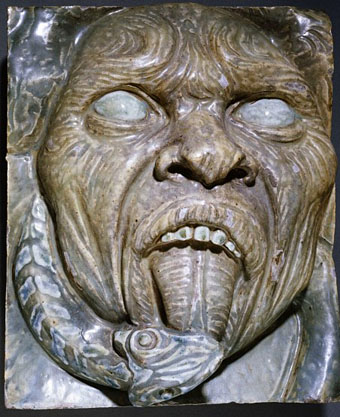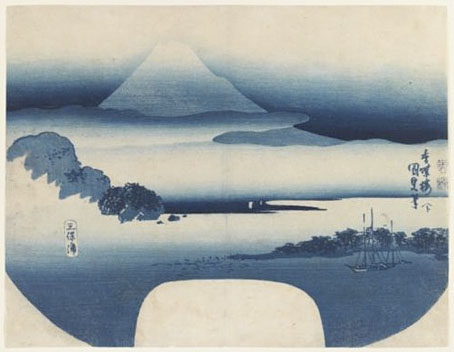
View of Fuji from Miho Bay, May (1830) by Utagawa Kunisada.
No weekend links this week, unfortunately. The past few days have been spent re-establishing some equilibrium following the technical upheavals of the previous weeks, including updating things on the old computer so it can be the main work machine until the new one is fixed. Consequently I’ve spent no time at all looking at blogs or reading RSS feeds.
Continuing the monthly post of month-related paintings, and May is a difficult month to search for when its name is also a woman’s name and a word that turns up in other contexts: the BBC’s Your Paintings website is rendered almost completely useless by the profusion of portraits of the nation’s mayors through the ages. As months go there’s an understandable emphasis on the blossoming of the natural world. Some examples are represented here, together with a few less obvious depictions.
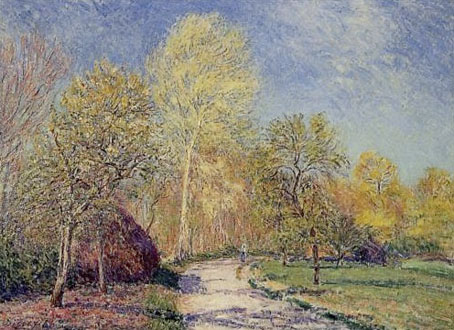
A May Morning in Moret (1886) by Alfred Sisley.
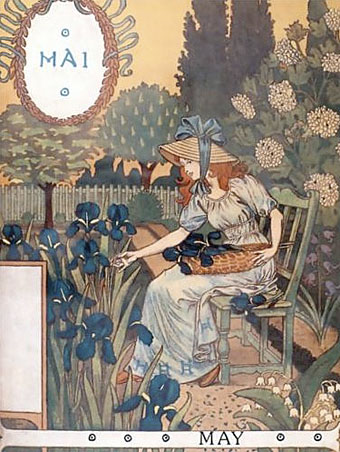
La Belle Jardiniere: May (1896) by Eugène Grasset.
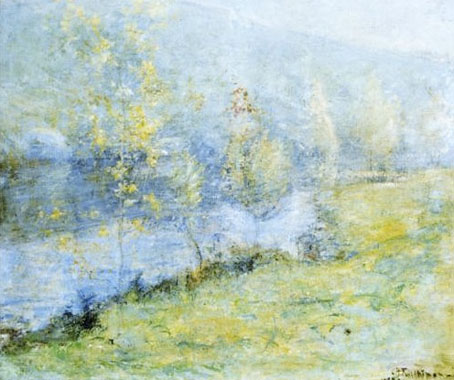
May Morn (1899) by John Henry Twachtman.

